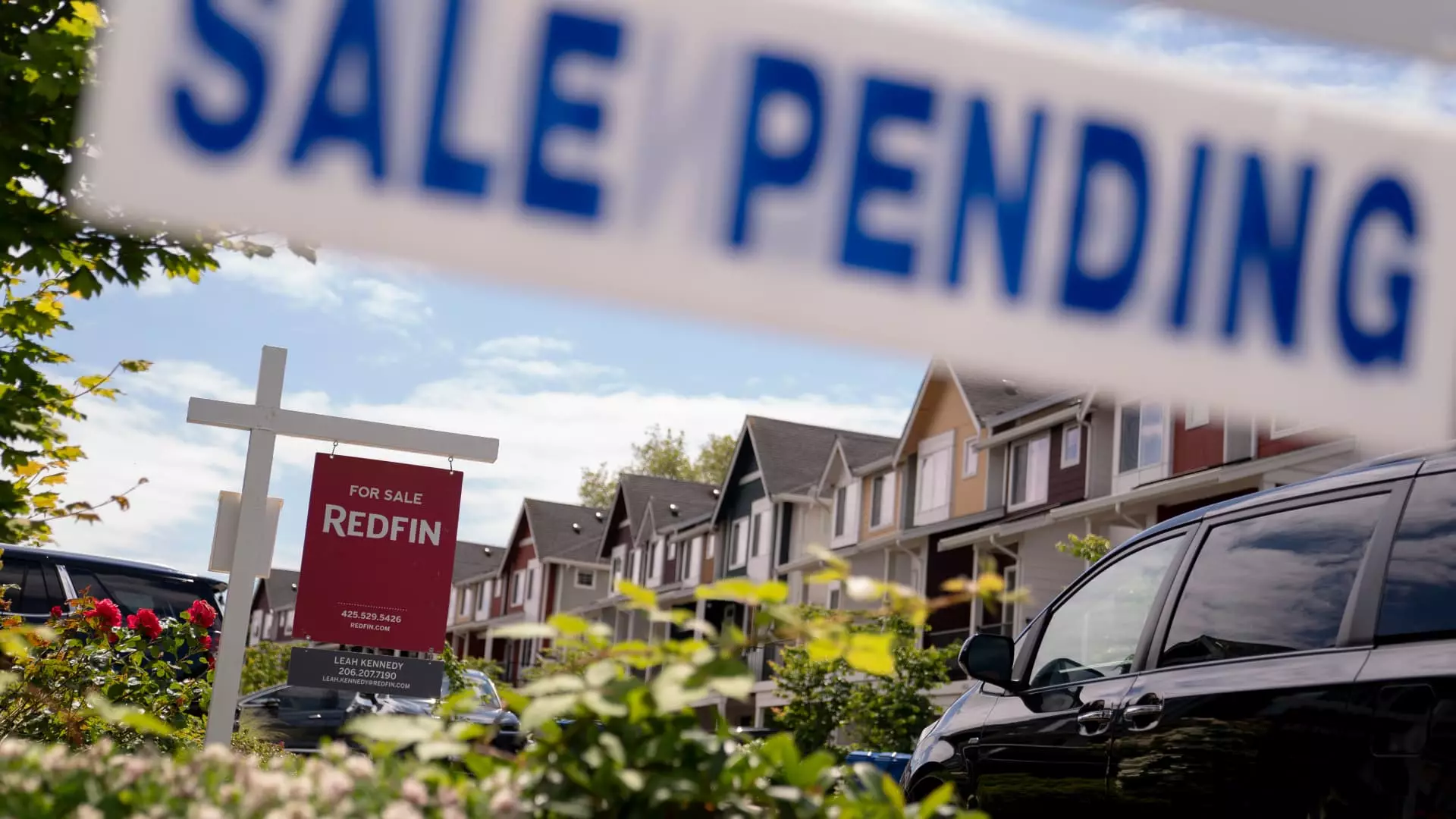In January 2024, the U.S. housing market faced significant challenges as high mortgage rates and elevated home prices combined to impede home sales. The National Association of Realtors (NAR) reported a staggering 4.6% decline in pending home sales from December to January, marking the lowest point since the organization began tracking this data in 2001. Further compounding the issue, sales plummeted 5.2% compared to January of the previous year. These pending sales figures serve as a valuable indicator of future home closings, highlighting potential trends in the housing market.
Lawrence Yun, NAR’s chief economist, pointed out that while the unseasonably cold January may have discouraged some buyers, the underlying issue lies in the persistent strain on affordability due to both high home prices and mortgage rates. Although weather conditions could factor into buyer response, there was a noted disparity in sales performance across different regions. The Northeast experienced an uptick in sales, while the West saw a downturn, indicating that regional climates may not have played as significant a role as initially thought. Interestingly, the South, previously a hotspot for home purchases, faced the most substantial sales decline this January.
The Mortgage Rate Landscape
Throughout January, mortgage rates remained a crucial influencer of the housing market’s trajectory. In December 2023, the average rate for a 30-year fixed mortgage lingered below 7% for part of the month but rose significantly, remaining above this threshold for all of January. According to Mortgage News Daily, the consistent high rates have further deterred potential buyers who are already grappling with affordability challenges.
Home Prices and Inventory Concerns
Despite a slight easing in prices in certain areas, the national average home prices remain elevated compared to a year earlier. The reluctance of sellers to reduce prices sharply indicates a tight market where many homeowners are hesitant to sell at lower valuations. On a more positive note, January saw a 17% rise in available home inventory, accounting for homes under contract but not yet sold. This marks the 14th consecutive month of year-over-year inventory growth, signifying a shift towards a more balanced market. However, this increased supply is not uniformly distributed, which complicates potential improvements in home sales nationwide.
As we glance forward, the prospect for the housing market may hinge on the interplay between buyer sentiment, mortgage rates, and home prices. The recent uptick in available inventory might encourage more contract signings, but lingering affordability issues will likely continue to temper demand. If conditions improve, there may indeed be a resurgence in buying activity. Nonetheless, potential homebuyers will need to navigate the challenging realities of a slower housing market characterized by elevated prices and persistent mortgage rates. Whether this combination will yield a rebound in sales remains uncertain, but it is clear that navigating this landscape will require careful consideration from both buyers and sellers alike.

